Department of Culture and Tourism - Abu Dhabi Monocle
Connecting with the natural world.
Natural History Museum Abu Dhabi
3/6
The Cultural Tour Series
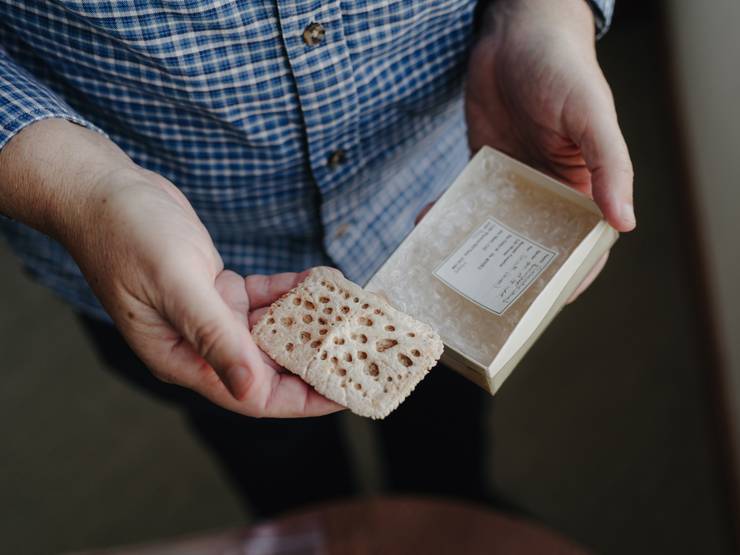
A fossil from the museum’s collection
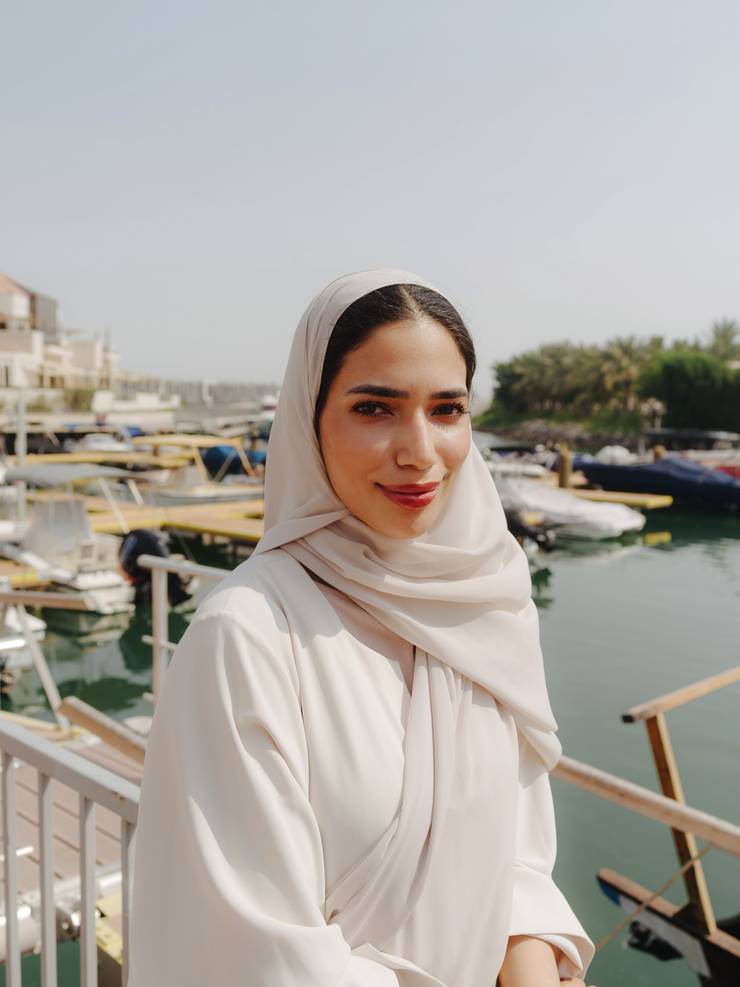
Scientist Noora Albalooshi
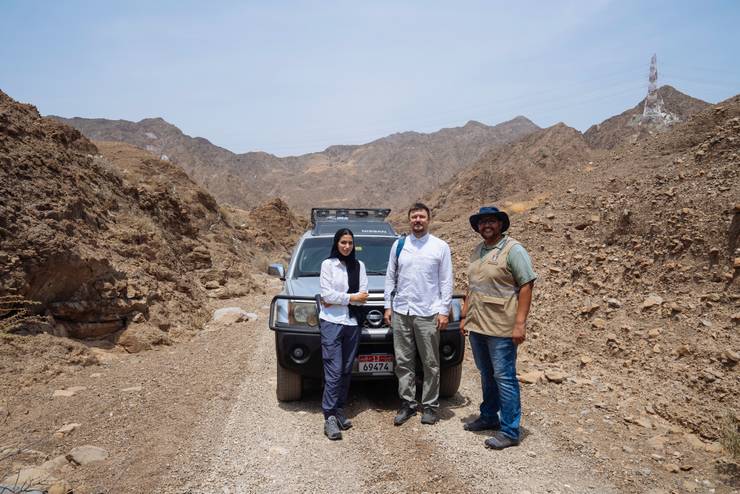
Searching for owl pellets in Wadi Wurayah
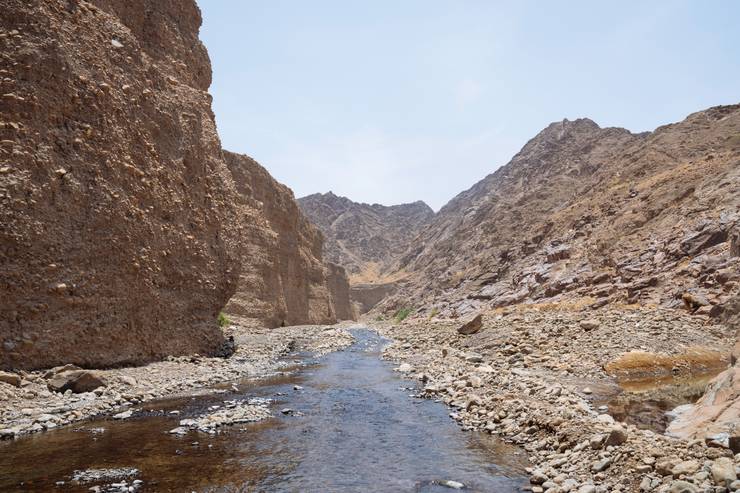
Wadi Wurayah National Park
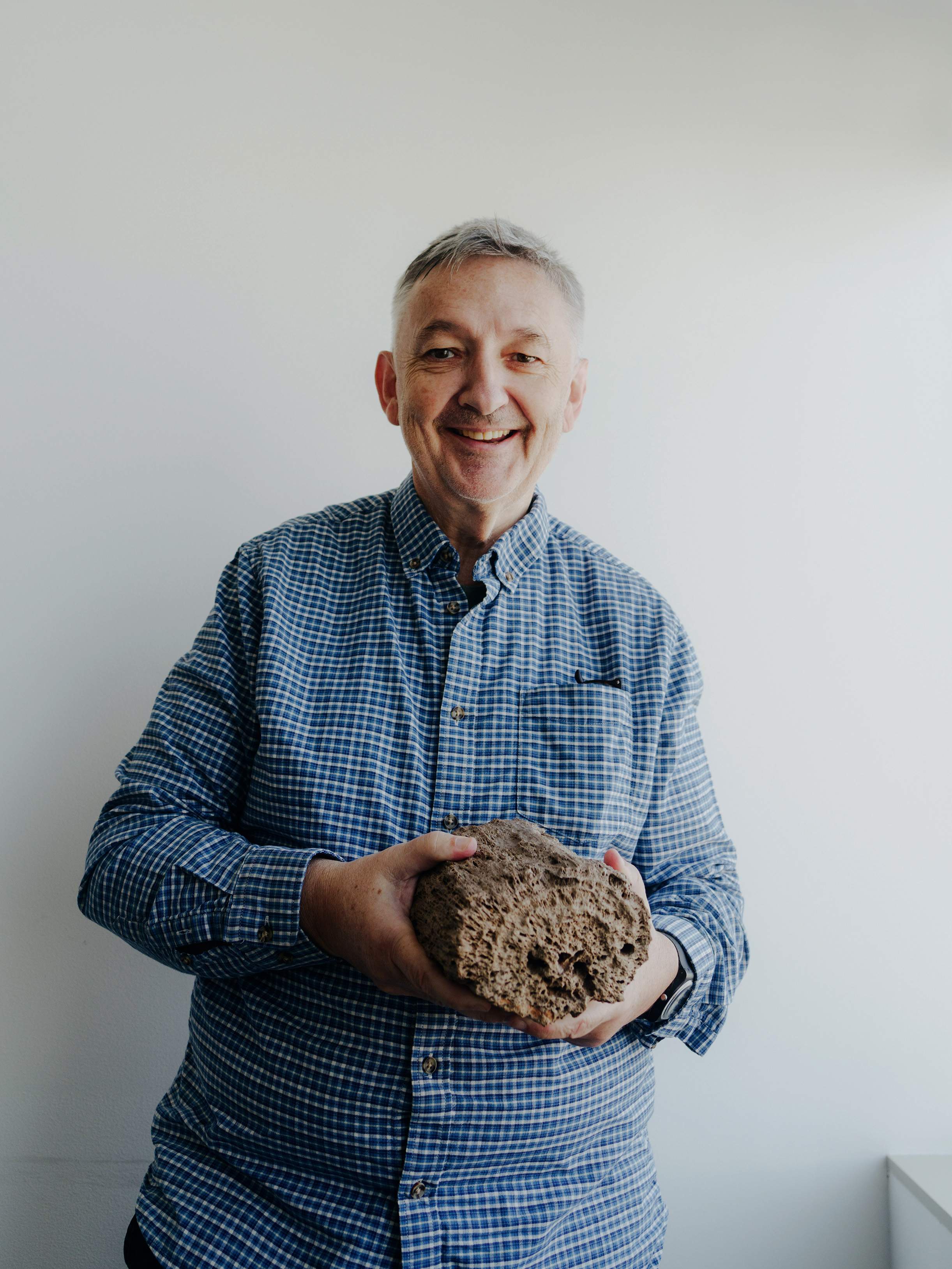
Dr Mark Beech holding a seven-million-year-old fossil tree trunk
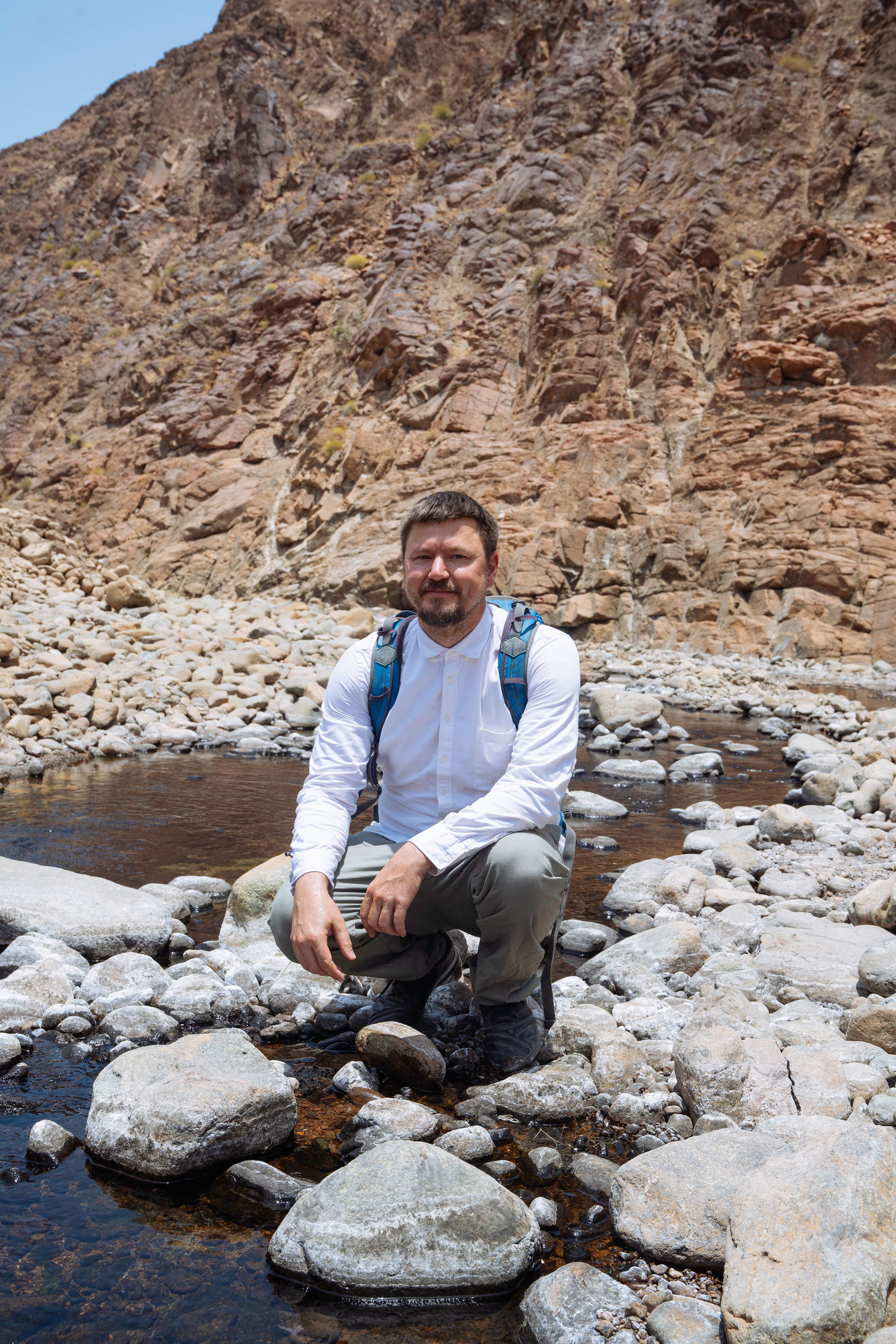
Researcher Sebastian Kirchhof
sense of wonder
Scheduled for completion in 2025, Natural History Museum Abu Dhabi will add science and wonder to the Saadiyat Cultural District’s awe-inspiring offering of cultural institutions. With scientific exploration in Abu Dhabi dating back far beyond the UAE’s foundation in 1971, Natural History Museum Abu Dhabi will present an extensive panorama of the 13.8-billion-year history of our universe and planet, relying on meteorites, geological samples, fossils and zoological specimens from Arabia and around the world.
vital position
Many of Natural History Museum Abu Dhabi’s specimens – such as the spectacular seven-million-year-old remains of four-tusked Arabian elephants – are findings of the Department of Culture and Tourism – Abu Dhabi (DCT Abu Dhabi). “It’s very satisfying that something we discovered 20 years ago is going on public display,” says Dr Mark Beech, maritime and palaeontology unit head at DCT Abu Dhabi and the museum’s curatorial and scientific lead. “The UAE is in a strategic position, a crossroads for fauna, flora, history and archaeology.”
teaching platform
The UAE’s strategic geographical position also makes Natural History Museum Abu Dhabi the perfect centre for active scientific research across zoology, geology and marine science to come together. Noora Albalooshi is leading the new museum’s acoustic study of the distribution and interaction between three marine mammals native to local waters: the Indian Ocean humpback dolphin, the common bottlenose dolphin and the finless porpoise. “They are very frequent and you see them often,” says Albalooshi. “Theres a very strong connection to the sea and marine life here.” That study, along with Natural History Museum Abu Dhabi’s other projects, such as owl research within the protected Wadi Wurayah National Park, also shows its commitment to preserving biodiversity and life on Earth, says Dr Beech. “The museum will teach us how we can be better environmental ambassadors for our planet.”

